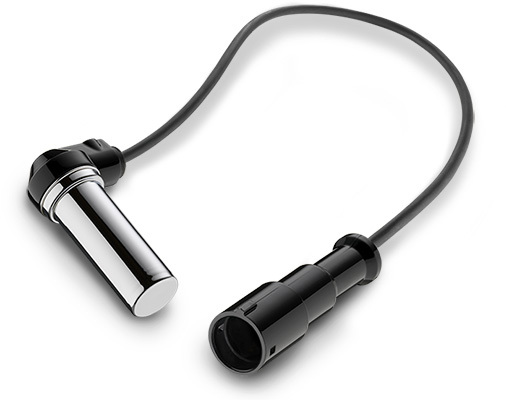Brakes are a critical safety feature on trucks, especially in harsh winter months. Choosing the right wheel speed sensor is therefore key.
Anti-lock Braking Systems (ABS) are used to prevent a vehicle’s wheel from locking as a result of excessive operation of the service brake, especially on a slippery road surface. Thus, lateral control on the wheels being braked is maintained even at full brake application or in panic braking situations to ensure the cornering stability and steerability of a vehicle or a tractor-trailer combination to the greatest possible physical extent.

The fixed sensor connected to the axle continuously picks up the rotary movement of the wheel by means of the pole wheel. The electrical pulses generated within the sensor are transmitted to the electronic control unit (ECU) which uses them to compute the wheel speed.
When certain slip values are exceeded, the solenoid control valve is actuated. This causes the pressure in the brake cylinder to be limited or reduced. That’s why ensuring that your wheel speed sensor is functioning properly is a critical safety requirement. Check these regularly.
Symptoms of a not correctly working wheel speed sensor include
- The red ABS warning lamp is on
- The vehicle becomes unsteerable due to locking wheels
- The vehicle breaks away in spite of countersteering
- The braking distance is significantly increased
- Tractor-trailer combinations or semitrailer trains may break away or jackknife.
By choosing WABCO’s wheel speed sensors and installing and maintaining these in a proper way, you can avoid critical downtime and improve overall road safety.



